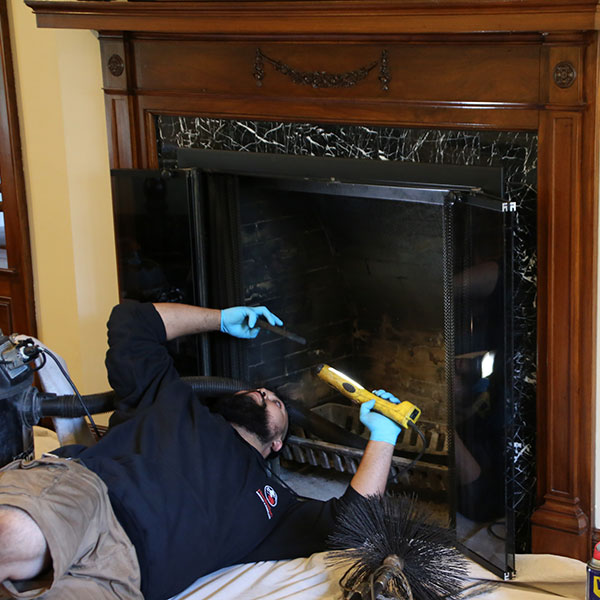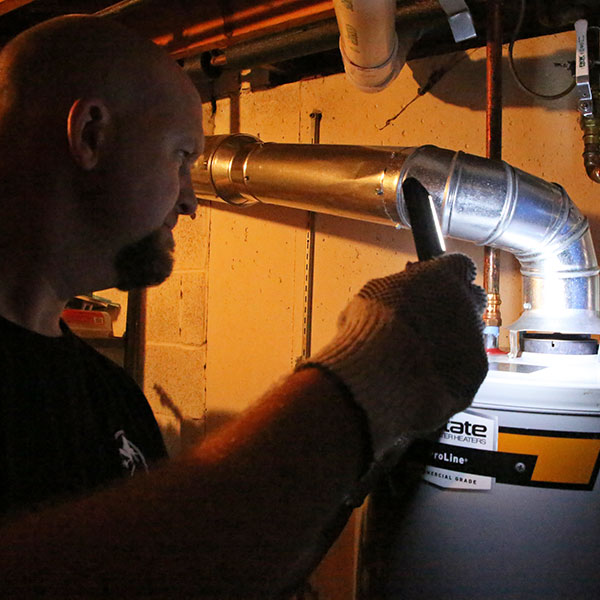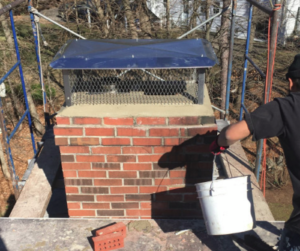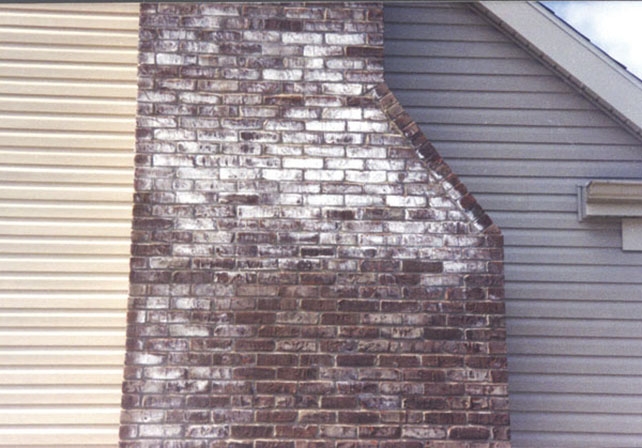Chimney Contractor: Taking A Look At The Main Parts Of A Chimney
For you take care of your chimney you need to know how it works. To help you out, here are the main parts of your chimney:
Firebox
This is where combustion takes place and fire burns. If you have children, it’s recommended that you protect the area to protect the little ones from getting burned. Fireboxes come in different designs. If you are constructing a new house and have a unique design in mind, discuss it with your chimney contractor and find out if it can work on your chimney.
If you burn wood in the firebox, you need to undertake regular cleaning for the fireplace to continue working efficiently. Major problems with the firebox include: heat damage and water damage. To avoid surprises, hire a professional at least once a year to undertake firebox inspection.
Damper
This is a movable metal door located at the throat of the chimney. Its main role is to close off the fireplace from the outdoors. To allow smoke and gases to leave the fireplace, always keep the damper open when the fireplace is in use. To prevent draft from entering the house, close the damper when the fireplace isn’t in use.
To have an easy time opening and closing the damper, keep door in good condition. To avoid fires, ensure that the door is free of creosote. Also ensure that the hinges are in good working condition. You should regularly inspect the damper for problems. For ideal results, hire a chimney professional to help you out with inspection.
Ash dump
This is where ash collects when the ash dump door opens. The door is located in the middle of the firebox and makes it easy for you to remove ash from the firebox.
Below the ash dump is the ash pit. This is the area where dumped ash collets. To avoid accumulation of ash and other flammable substances, regularly empty the ash pit. If you don’t have time, hire a chimney cleaning professional to empty it for you.
Foundation
It’s the foundation of your chimney and is made from heavy duty brick or cinder block. It should be constructed from tough materials in order to withstand heat. Since it’s always exposed to high temperatures, it’s prone to heat damage.
You should regularly check on it to ensure that there are no severe damages that compromise the stability of the chimney. When you notice serious damage, immediately contact a chimney masonry repair professional.
The post Blog first appeared on First Class Chimney Services.
This post first appeared on https://www.firstclasschimneyservices.com

 What your chimney damper does
What your chimney damper does
 Buildup in the flue
Buildup in the flue Maintaining a dedicated furnace or boiler vent system
Maintaining a dedicated furnace or boiler vent system
 Is The Chimney Damper Open Or Closed?
Is The Chimney Damper Open Or Closed?

 Birds and squirrels typically choose the open space in your chimney flue to create their nests. They are often drawn to the warmth from your fireplace during the winter months and then continue their stay year-round. Not only is the sound of animals nesting in your chimney unnerving, but nests in your chimney can also cause your chimney to be obstructed. Obstructions can block smoke and gas from exiting your chimney which can cause soot damage and lead to carbon monoxide poisoning. Check out our blog on
Birds and squirrels typically choose the open space in your chimney flue to create their nests. They are often drawn to the warmth from your fireplace during the winter months and then continue their stay year-round. Not only is the sound of animals nesting in your chimney unnerving, but nests in your chimney can also cause your chimney to be obstructed. Obstructions can block smoke and gas from exiting your chimney which can cause soot damage and lead to carbon monoxide poisoning. Check out our blog on 

